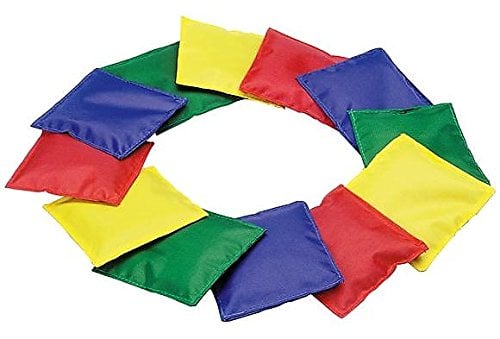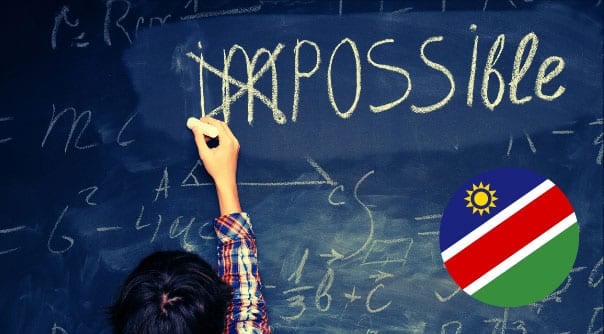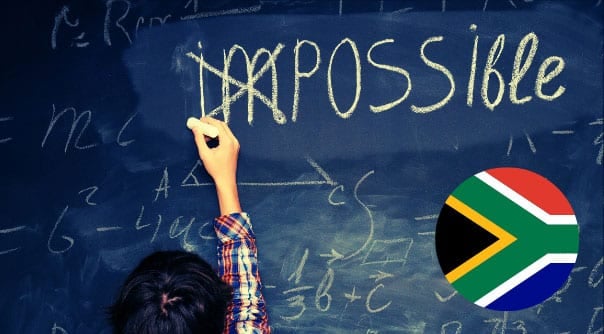Copyright 2023: Edublox (Pty) Ltd. This page may not be copied, in whole or in part, without the written consent of Edublox.

This page contains Beanbags exercise steps 1-4, which help to develop eye-hand coordination, fine motor skills, and visual motor integration.
The tutor must buy or make two beanbags to do the beanbag exercises.
Cut two pieces of cloth, about 9 by 4 inches (24 x 10 centimeters). Fold each piece double, then sew two sides together to form two little bags of 4½ by 4 inches (12 x 10 centimeters). Then fill the bags with dried beans, maize, corn, or rice before sewing up the open side. Note that the bags should not be filled too tight.
One can also use Koosh balls to do this exercise.
Beanbags exercise 1
The tutor and the learner stand facing each other, about 7 to 10 feet (2 to 3 meters) apart. The tutor has one of the beanbags in her hands. She throws the beanbag at the learner, who must catch it with both hands. Then the learner throws the bag back at the tutor. The learner must take turns with the left and right hands; one throw must be performed with the left and the next with the right hand.
See the demonstration video below.
As soon as the learner can catch the beanbags properly — i.e., they can catch the beanbags 9 out of 10 times — proceed to Beanbags exercise 2.
Beanbags exercise 2
The tutor and the learner stand facing each other, about 7 to 10 feet (2 to 3 meters) apart. The tutor has both beanbags in her hands, one in each hand. She first nominates the hand with which the learner must catch, e.g., “Right!” and then throws one of the beanbags at the learner, who must catch it with the nominated hand. Then the learner throws the bag back at the tutor with the same hand. The tutor throws the bag at the learner again, this time nominating the other hand. The learner must again catch with the hand so nominated.
See the demonstration video below.
As soon as the learner can catch the beanbags properly — i.e., they can catch the beanbags 9 out of 10 times — proceed to Beanbags exercise 3.
Beanbags exercise 3
The tutor and the learner stand facing each other, about 7 to 10 feet (2 to 3 meters) apart. The tutor has both beanbags in her hands, one in each hand. She throws one of the beanbags at the learner, who must catch it with the hand on the same side as the hand with which the tutor threw it. Then the tutor also throws the other bag at the learner while the learner simultaneously throws the bag in their hand back at the tutor. The tutor and learner continue to throw the two beanbags simultaneously at each other.
See the demonstration video below.
As soon as the learner can catch the beanbags properly — i.e., they can catch the beanbags 9 out of 10 times — proceed to Beanbags exercise 4.
Beanbags exercise 4
The tutor and the learner stand facing each other, about 7 to 10 feet (2 to 3 meters) apart. The tutor has both beanbags in her hands, one in each hand. She throws both beanbags simultaneously at the learner, who must catch both, each in one hand. Then the learner throws both bags back at the tutor, who must also catch them both, one in each hand. The tutor and the learner continue to throw the bags simultaneously at each other.
See the demonstration video below.



